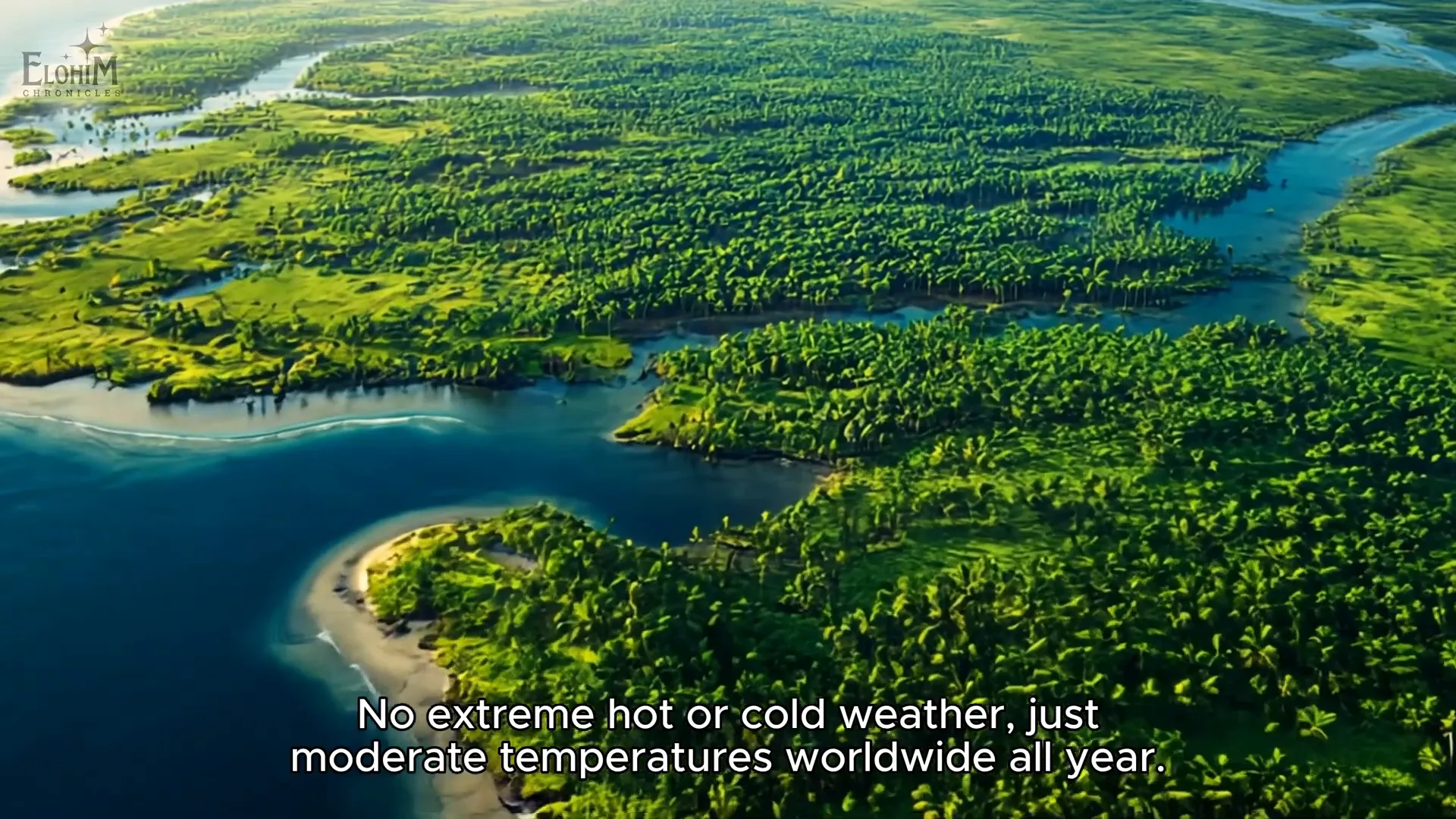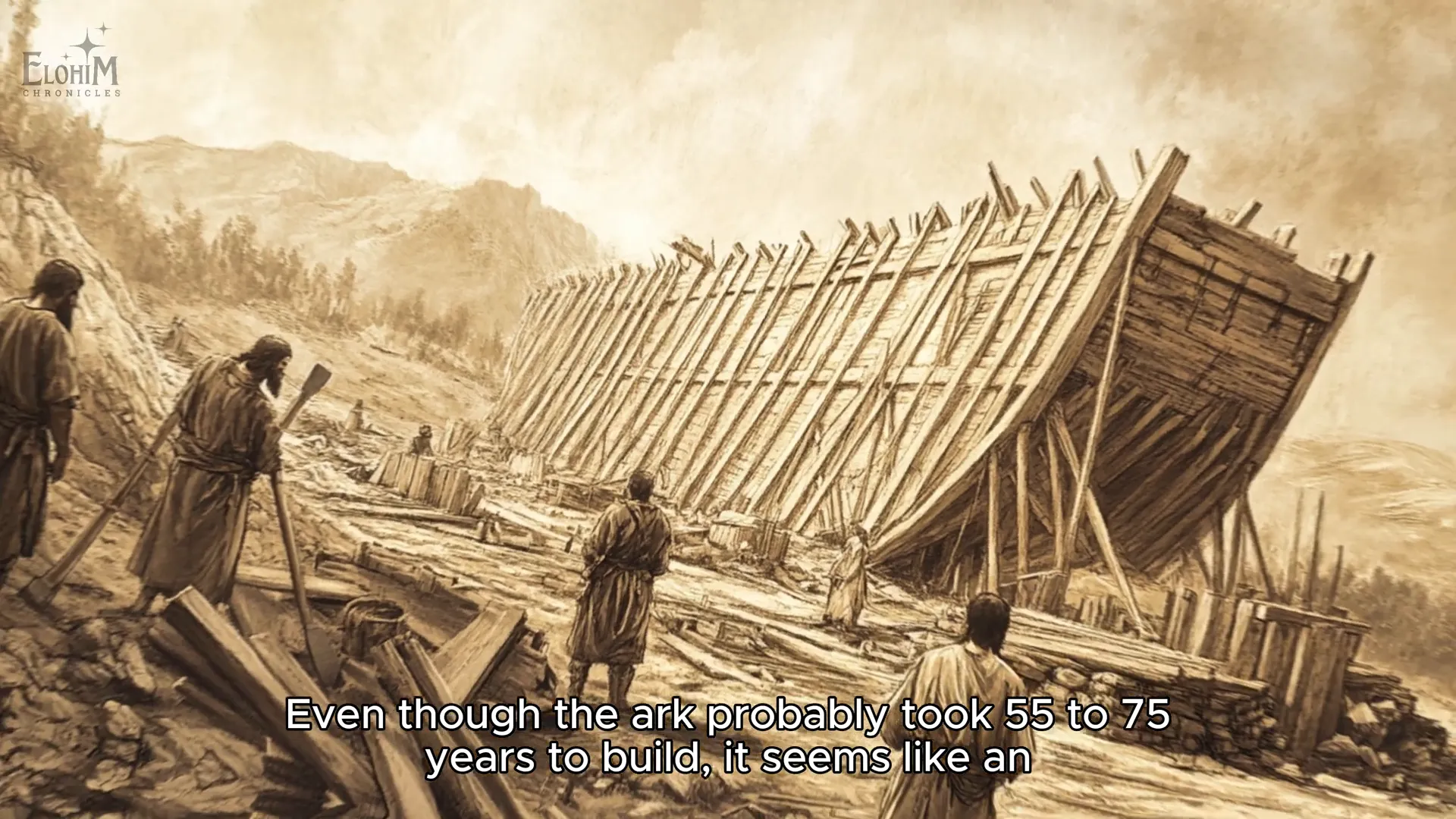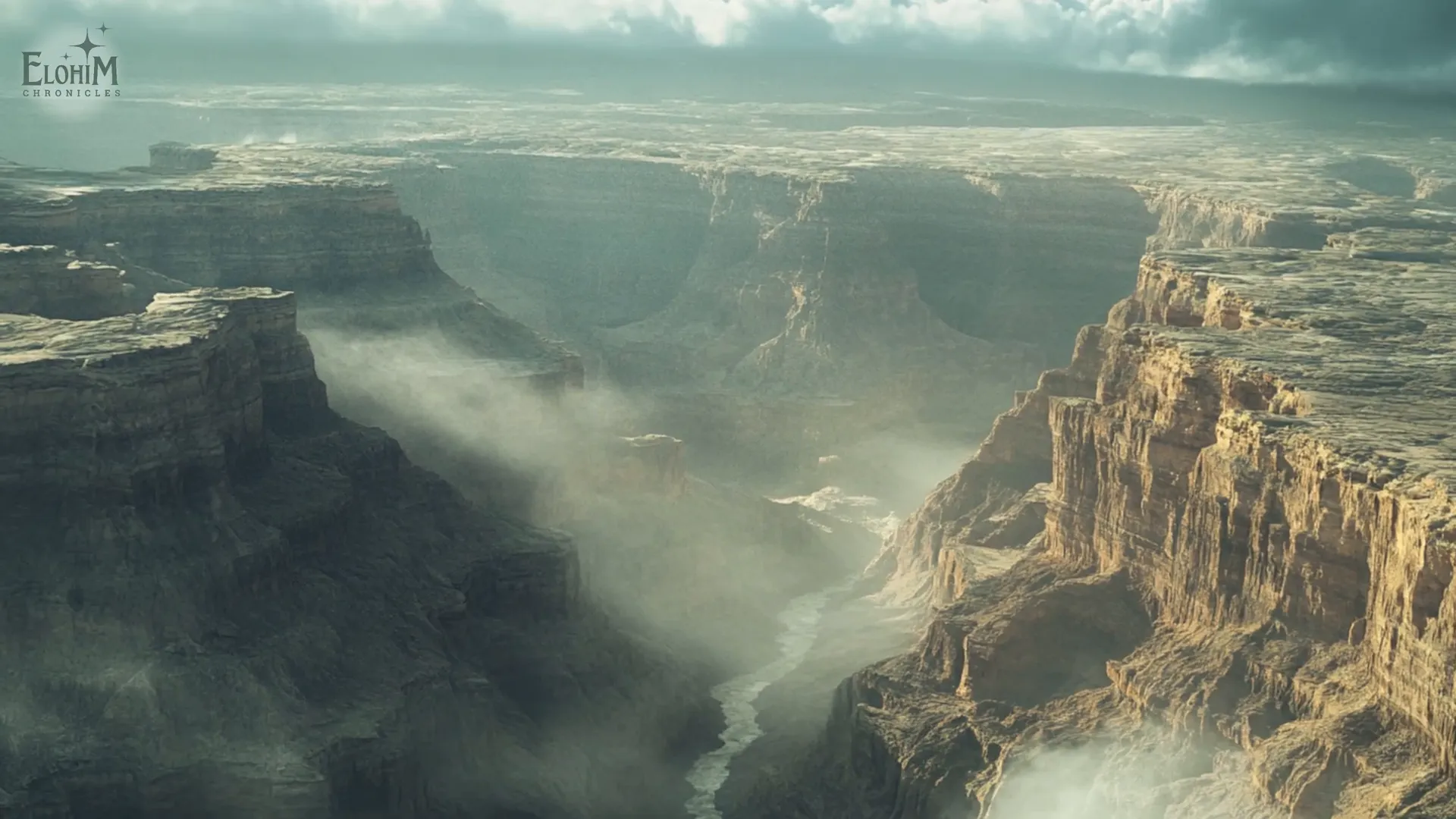The story of Noah’s Ark is one of the most captivating narratives in the Bible, filled with profound lessons and intriguing details. This post will explore “Noahs Ark Surprising Flood Facts” that shed light on the events surrounding the Great Flood, a catastrophic occurrence that reshaped the world as we know it. Let’s dive into the fascinating aspects of this historic event, examining everything from the pre-flood world to the construction of the Ark and its implications on our understanding of history and science.
What Was the World Like Before the Flood? 🌍
Before the flood, the Earth was a vastly different place. Imagine a pristine paradise, a supercontinent surrounded by oceans, characterized by gentle rolling hills, lush forests, and rich farmland. The climate was ideal, with moderate temperatures year-round, devoid of extreme weather conditions such as scorching deserts or freezing tundras.
This idyllic environment allowed for the flourishing of human civilization, aligning perfectly with God’s mandate for humanity to fill the Earth with a godly race. However, as mankind multiplied, so did wickedness. Sin infiltrated the hearts of humans, leading to a society steeped in violence and corruption.

The Rationale Behind the Flood 🌧️
God’s decision to send the flood stemmed from His grief over humanity’s relentless descent into evil. The narrative suggests that death was the only reasonable consequence for the heinous acts committed by a population estimated to be around 10 million. Noah, however, remained faithful to God, and thus, he, along with his family, was chosen to preserve life on Earth.
God provided Noah with specific instructions on building an ark that would withstand the coming deluge. This task was monumental, and while it took an estimated 55 to 75 years to complete, it was a necessity for the survival of the human race.
Understanding Noah’s Ark: Design and Structure 🛳️
Many illustrations of Noah’s Ark depict it with pointed or rounded ends, typically seen in modern ships. However, the ark was designed for stability rather than speed. Given that all land was submerged, the ark’s purpose was to stay afloat during the longest storm in history.
Its rectangular shape was the most stable design for enduring turbulent waters. The ark’s dimensions were substantial, with enough floor space to hold the equivalent of 340 semi-trailers. This design was crucial for its functionality during the flood.

Did All Animals Fit on the Ark? 🐾
One of the most common questions surrounding the ark is whether it could accommodate all animal species. The reality is that Noah did not need all current varieties of animals; instead, he required the heads of families. For example, one pair of canines could produce all modern breeds of dogs, wolves, and foxes.
It has been estimated that only about 2,000 animals and birds were needed on the ark to ensure the survival and repopulation of species post-flood. This number significantly reduces the burden on space and resources on the ark.

Addressing the Size of Animals and Dinosaurs 🦖
Concerns regarding the size of animals, particularly dinosaurs, are often raised. However, most animals that entered the ark were likely young or juvenile, requiring less space. For instance, even the largest dinosaurs began their lives as eggs no larger than a football.
Furthermore, the ark had enough space for food and water, occupying a fraction of the total area. This practical design facilitated the management of the animals during the flood.
The Mechanics of the Great Flood 🌊
Contrary to popular belief, the flood’s primary water source was not just rain. The Bible describes the “fountains of the deep” being broken open, which suggests a combination of underwater volcanic activity and rising ocean floors contributed to the deluge.
These geological shifts would have caused massive tsunamis, leading to the complete submersion of land. Interestingly, the mountains we see today were formed during the flood itself, altering the Earth’s topography forever.

Fossils and the Aftermath of the Flood 🦴
Many wonder why there are so few human fossils from the time of the flood. The fossil record predominantly consists of marine organisms, with only a tiny percentage representing terrestrial life. During the flood, humans likely sought higher ground or constructed makeshift rafts, making them less likely to be fossilized.
The flood served as a divine judgment but also utilized natural forces to fulfill its purpose. The aftermath saw significant geological changes, leading to what we now recognize as the Ice Age, with many fossils being a record of burial order during the flood.
Scientific and Theological Perspectives on the Flood 🔍
From a scientific standpoint, the flood narrative can be examined through geological evidence. The catastrophic changes in the Earth’s surface can be studied to understand better the events that transpired during and after the flood.
Theologically, the belief in a literal global flood is supported by Jesus, who referenced the event in the Gospel of Luke, drawing parallels to the days of Noah. This connection reinforces the narrative’s significance in both biblical and historical contexts.
Frequently Asked Questions (FAQ) ❓
Was the flood a local or global event?
The traditional interpretation holds that the flood was global, affecting all of humanity, which aligns with the biblical narrative. However, some propose that it could have been a significant local event with extensive consequences.
How did Noah manage the animals on the ark?
Noah likely utilized efficient methods available during his time, possibly including simple technologies to feed and care for the animals. Some animals may have also entered a state of hibernation, reducing the workload.
What happened to the water after the flood?
The floodwaters are believed to have returned to the oceans, with significant geological activities reshaping the Earth’s surface during and after the flood.
Are there any scientific evidences supporting the flood?
Various geological formations, sedimentary layers, and fossil records provide insights into catastrophic events that could align with the biblical flood narrative.
In conclusion, the story of Noah’s Ark and the Great Flood is rich with history, science, and theology. By exploring these “Noahs Ark Surprising Flood Facts,” we gain a deeper appreciation for the narrative’s complexity and its impact on our world today. If you found this information enlightening, don’t forget to share and subscribe to our community for more insights!
For more engaging content, check out Elohim Chronicles.
